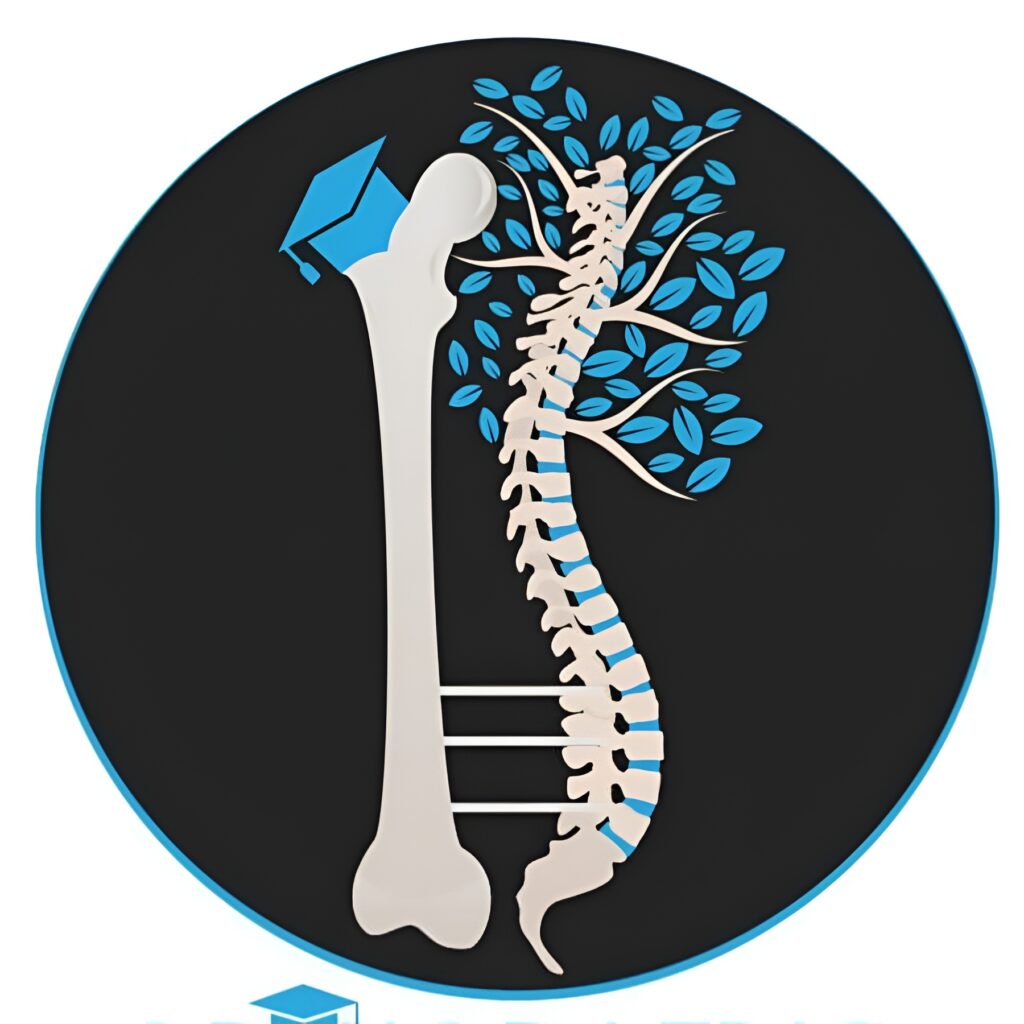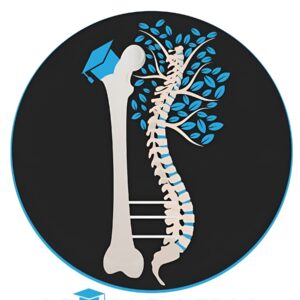
Knee Arthroscopy: Setup, Positioning, Portal Placement, and Fluid Management
- September 10, 2025
- 12:55 pm
Summary
Nearthroscopy is a minimally invasive knee procedure requiring thorough clinical assessment, imaging, and patient discussion of all treatment options. After proper positioning and sterile setup, portals are created for visualization and instrument access. The knee is systematically evaluated for pathology, allowing both diagnosis and treatment. Safe portal placement, careful instrument use, and postoperative care are essential for optimal outcomes.
Raw Transcript
[00:00] Neartheroscopy is a minimally invasive diagnostic or therapeutic procedure that can be used for the evaluation and management of many disorders of the knee. When considering arthroscopic surgical intervention in the knee, a careful review of supporting clinical information is important. A clear history, primary
[00:20] complaint, signs, symptoms, location, quality, and duration of pain can all lead to a more accurate diagnosis and applications for appropriate treatment options. Supporting imaging studies and physical examination should be thoroughly evaluated and discussed with the patient prior to proceeding
[00:40] to surgery. Non-operative management of certain need disorders may be a valid option in many cases and should be discussed with the patient when applicable. In contrast, sometimes acute intervention is required as there may not be an acceptable non-operative approach or the persistence of the pathology
[01:00] may cause imminent harm to the knee. For example, a locked knee due to a displaced meniscal tear. When discussing the operative plan with the patient, a clear explanation of risks and benefits should be conducted in addition to outlining all of the operative and non-operative options.
[01:20] To perform nearthroscopy, the surgical team needs an arthroscopic imaging system, a fluid management system to control intraarticular fluid pressure and provide an aqueous environment for the arthroscopic procedure, and consuls to power various arthroscopic instruments, such as a shaver handpiece,
[01:40] radiofrequency probe for resecting tissue. Use an appropriate leg holding device, such as lateral post, depending on the procedure to be performed. This type of post allows safe maneuvering of the knee during surgery as well as the ability for the surgeon to gain a valgus force for easier entry.
[02:00] into the medial compartment.
[02:20] the patient is in a position that allows the proper range of motion. For example, hyperflexion of the knee or significant external rotation of the hip needed to complete the procedure. If the surgeon chooses, the operative leg may be placed in a tourniquet to help manage visualization in the joint space by reducing bleeding.
[02:40] A leg holder or post may be used to assist in valgus loading of the knee during surgery. Placement of bumps or wedges under the hip may also assist in keeping the knee in a neutral alignment during the surgical procedure. With the patient positioned and under sedation, it is a good practice
[03:00] to complete an examination under anesthesia. This may result in more accurate findings without voluntary or involuntary guarding by the patient. The operative extremity is draped out in accordance with the planned procedure and the surgeon's preferences. The drapes usually consist of two impermeable
[03:20] u-drapes, one attached from the posterior to anterior and the other in the opposite direction, just distal enough down the thigh to cover the tourniquet. Next, a large extremity drape, which provides a large sterile field, is placed around the leg. As you can see here, the foot and lower leg
[03:40] is often covered in sterile stockinette as well. Once the sterile surgical site has been prepared for surgery, it may be helpful to use a skin marker and outline known bony anatomy prior to starting the procedure. These markings commonly include the patella,
[04:00] patellar tendon, and the tibial tubercle, as well as the head of the fibula laterally where palpated. Portal placement is often referenced from the edges of the patellar tendon, as well as the level of the medial and lateral joint line. Typically, the lateral joint line is palpated just a bit.
[04:20] superior than the medial joint line. Marking these locations is helpful to find the correct starting point for your arthroscopic portals. In this region, there is palpable soft spot where the portal is initiated. Arthroscopic portals can be made in a vertical or horizontal fashion. Horizontal portals
[04:40] although slightly more cosmetic when healed, can hinder use of instrumentation if made too high or low by creating a difficult trajectory to access the tibiofemoral compartments. The antilateral portal is placed first due to the decreased likelihood of injuring the meniscus, as it's
[05:00] anterior horn sits slightly more posterior on the tibial plateau than that of the medial meniscus. The antralateral portal is made adjacent to the lateral edge of the patellar tendon and above the joint line in the palpable soft spot, approximately 1cm lateral to the patella and 1cm above the joint line.
[05:20] This is done with the use of a number 11 blade and a small stab incision. When making vertical portals, it is important to keep the sharp edge of the scalpel facing upwards away from the anterior horn of the menisci. Using caution not to injure the articular surfaces, gently insert the scoped end of the scapula into the scapula.
[05:40] sheath and trocar into the joint space. Place the antoremedial portal under direct visualization by first targeting with a spinal needle to ensure that the portal placement allows the pathology to be reached and that the anterior aspect of the menial meniscus will not be injured during portal placement.
[06:00] Often, the lateral portal is the portal through which we visualize the procedure and the medial portal is mainly used for instrumentation. Depending on the pathology, these portals may both be used for arthroscopic instruments as well as to place the arthroscope for viewing.
[06:20] Once the portals have been established, arthroscopic fluid is usually turned on to create a well-visualized aqueous environment. On occasion, arthroscopic fluid may leak from the knee portals, and placing a cannula can help maintain a drier environment and, more importantly, appropriate intraarticular pressure in the knee.
[06:40] Using cannulas also creates a safer and more reproducible entry and exit of arthroscopic instruments and devices and becomes very important when using sutures within the knee to prevent tissue bridges. A tissue bridge can happen when sutures are mistakenly placed or retrieved through different
[07:00] areas in the soft tissue, thus causing an unwanted bridge of tissue between two suture limbs. The knee can be arthroscopically evaluated in a number of different patterns. It is a good practice for the surgeon to develop a routine so any given compartment of the knee is not overlooked. One option is to
[07:20] to start with the suprapatellar pouch ruling out loose bodies, and then move to the under surface of the patella to evaluate for any pleica or patellar intraglirachondromalacia. Transition the scope to the lateral gutter to evaluate for loose bodies and femoral osteophytes.
[07:40] Sweep up with the scope and back over to the medial gutter, again, evaluating for loose bodies or femoral osteophytes. Move the scope to the medial compartment for a formal evaluation of the medial gutter.
[08:00] the medial meniscus and the articular surfaces of the femur and tibia, as well as the inferior portion of the trochlea. Place gentle valgus stress on the knee to help open the compartment and improve visualization. As the scope passes through the intercondylar notch, the anterior and posterior cruciate ligament is present.
[08:20] can be visualized and evaluated for integrity. If anatomy allows, visualization of the posterior roots of the meniscus should be obtained. This can occasionally be challenging with a standard arthroscope due to the caliber of the sheath and angulation of the view. The nanoscope system, however, offers a better understanding of the anatomy of the skull.
[08:40] a zero degree view with a greater than 50% smaller outer diameter, allowing for easy visualization of the meniscal roots even in the case of intact cruciate ligaments. Then, visualize the lateral compartment through the medial portal. To facilitate this, the knee may need to be brought
[09:00] into a figure 4 position. Or the surgeon can apply mild extension and varus stress against the leg. The lateral meniscus, femoral condyle, and tibial plateau are all evaluated. In the posterior lateral corner of the knee, the popliteal hiatus can be visualized.
[09:20] normal anatomy and should not be confused with a meniscal tear or capsular issue. Though a diagnostic procedure is typically completed with an anterior medial and anterior lateral portal, there are multiple accessory portals that can be used to aid in the completion of various arthroscopic procedures.
[09:40] Some common accessory portals include the low anterior portal for certain femoral drilling techniques in ACL reconstructions and the posterior medial portal commonly used for instrumenting and visualizing the posterior aspect of the knee during PCL reconstructions.
[10:00] issues that have an inflow or outflow portal high in the suprapatellar pouch in addition to the medial and lateral portals to aid in fluid management. If the surgeon identifies pathology that needs to be addressed during the procedure, the time and precision with which the portals have been created allows a continuation of the therapy.
[10:20] therapeutic intervention. On occasion, the pathology found cannot be addressed at the time if diagnosis and therefore a procedure can be planned for the future. For both diagnostic and therapeutic nearthroscopy, triangulation between the view of the arthroscope and the tip of a given instrument is critical for success.
[10:40] To avoid damaging surrounding structures, one must be able to view the intended structure and introduce an instrument to the intended structure seamlessly. Surgical instruments and tools that are commonly used in therapeutic arthroscopy include a probe which can also be used for diagnosing.
[11:00] purposes, a shaver blade connected to a powered handpiece and suction, and a complement of hand instruments, such as biters of various sizes and angles, as well as graspers. At the completion of the procedure, remove the arthroscope and aspirate the remaining saline prior to skin closure.
[11:20] Depending on the incision size, the arthroscopic portal may be closed with a suture, small adhesive strips, or simply covered with small bandages and a compressive dressing. Postoperative care is at the discretion of the surgeon and rehabilitation literature, though it typically involves modified weight bearing and activity modification for a short period.
[11:40] period of time as well as management of the healing incision sites. Further restriction may be instituted if repair, reconstruction, or cartilage surgery is performed during arthroscopy.

